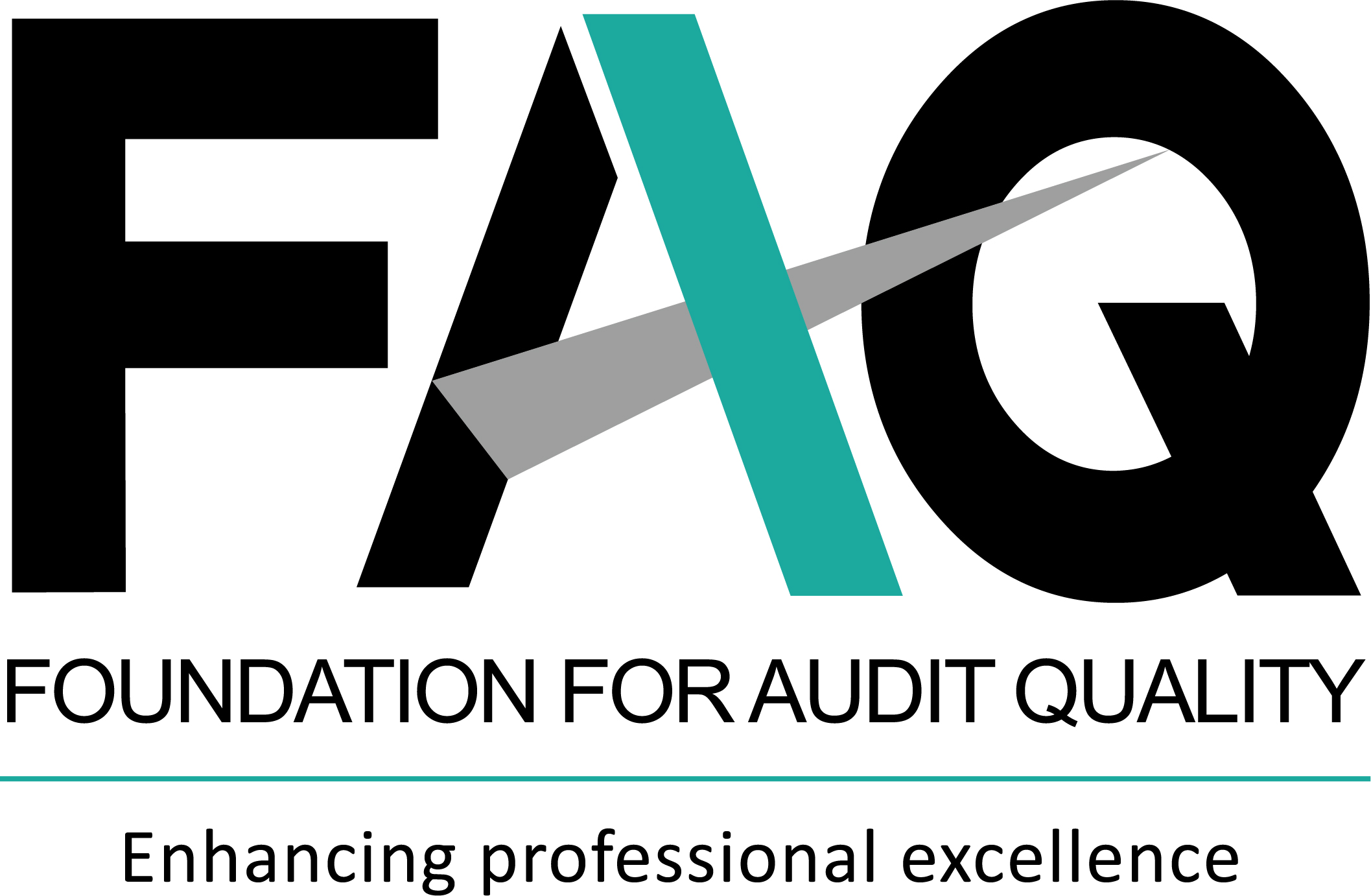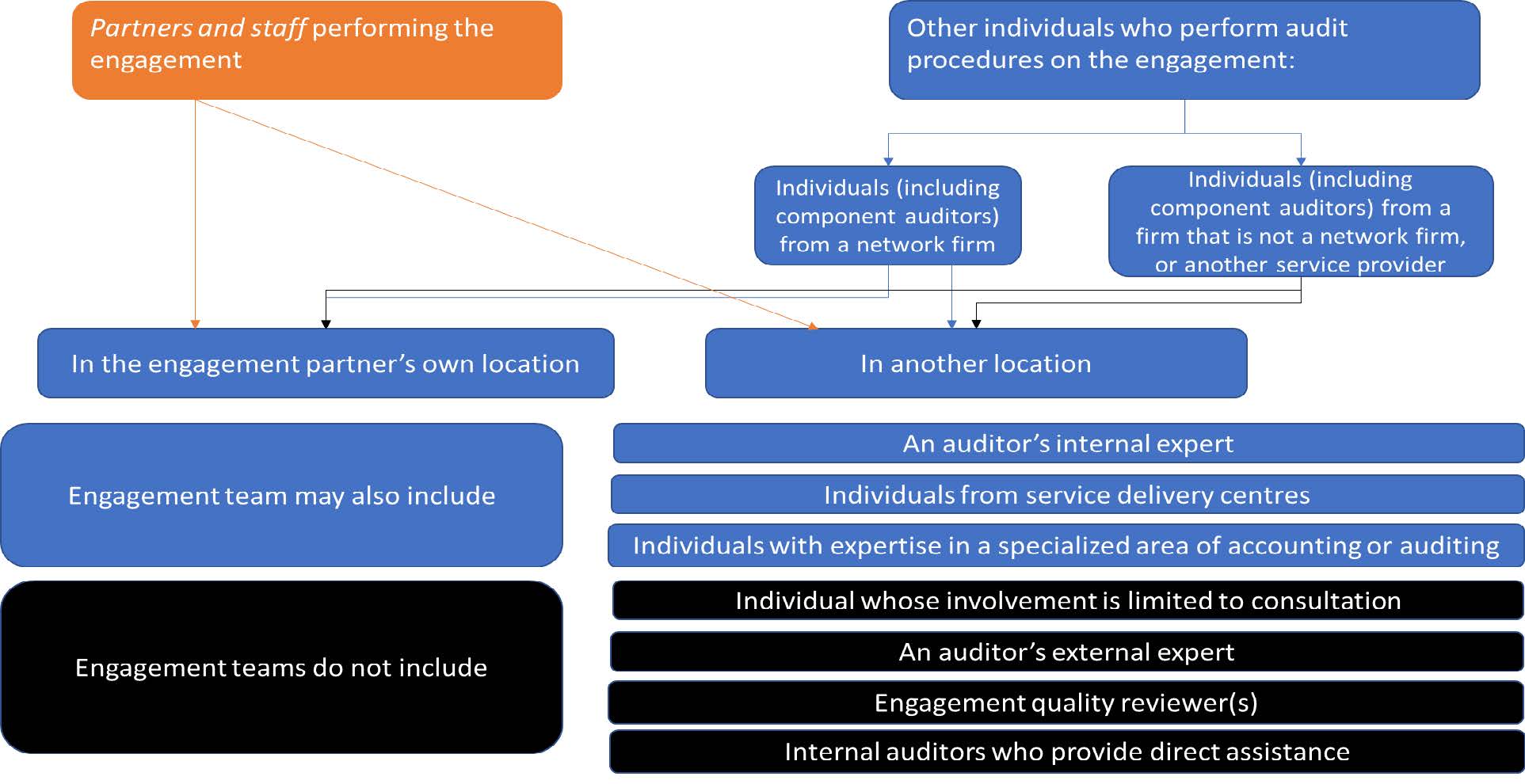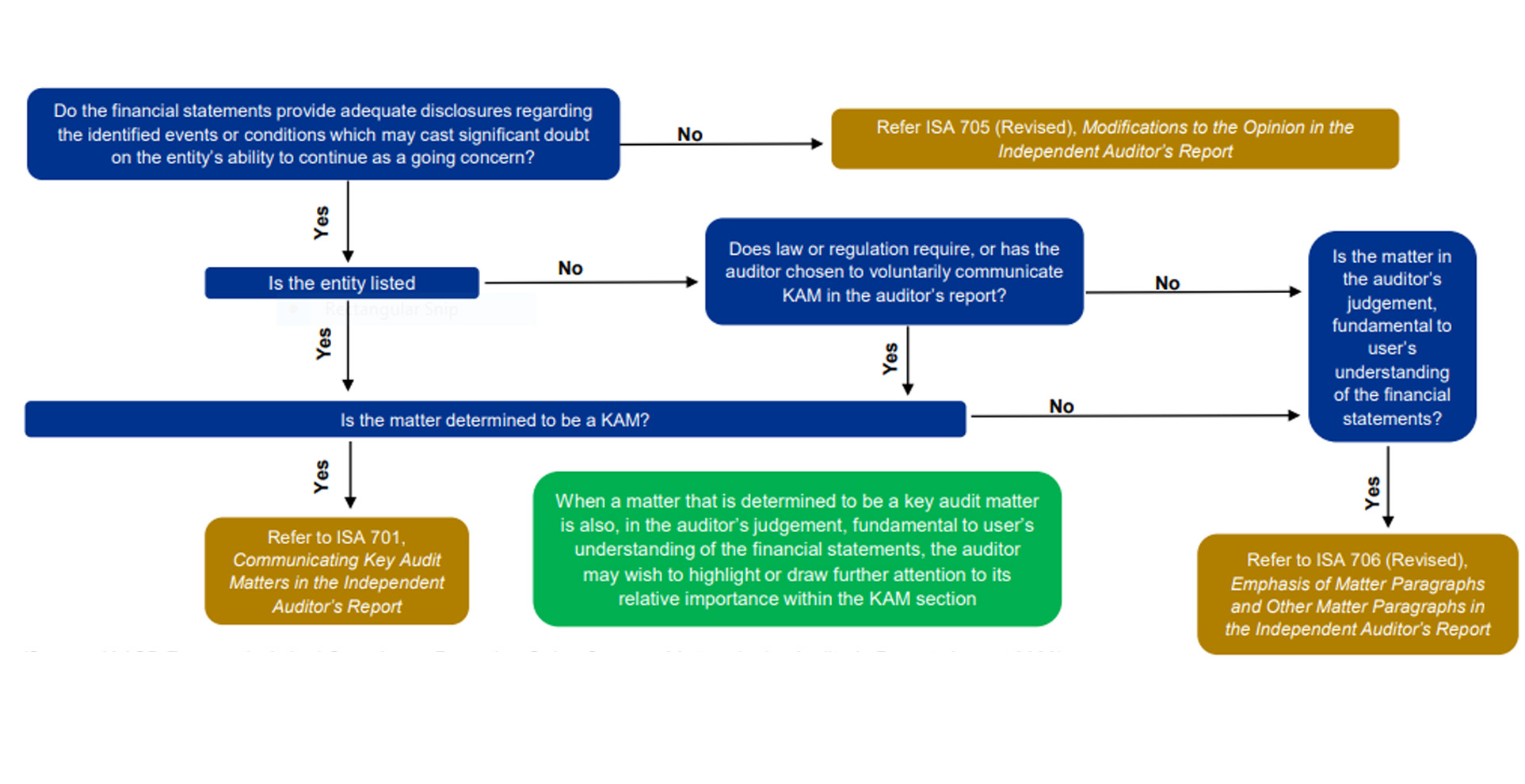The International Auditing and Assurance Standards Board (IAASB) has introduced ISSA 5000 General Requirements for Sustainability Assurance Engagements , a new standard for Sustainability Assurance Engagements. This standard aims to build trust and confidence among investors, regulators, and other stakeholders in sustainability information. It aims to serve as a comprehensive, standalone standard appropriate for all types of sustainability assurance engagements. It would apply to sustainability information reported across any sustainability topic and prepared under multiple frameworks.
ISSA 5000 would not address sustainability information which is required to be included in the entity’s financial statements, in accordance with the applicable financial reporting framework.
Some of the key requirements of ISSA 5000 are given below:
- Quality management: ISSA 5000 requires the engagement leader to be a member of a firm that applies either the International Standard on Quality Management 1, Quality Management for Firms that Perform Audits or Reviews of Financial Statements, or Other Assurance or Related Services Engagements (ISQM 1), or other professional or regulatory requirements which are at least as demanding as ISQM 1.
- Preconditions for an audit engagement: As preconditions, sustainability matters within the scope of the engagement are appropriate, such that they are identifiable and capable of consistent measurement or evaluation against the applicable criteria, and the resulting sustainability information can be subjected to procedures for obtaining sufficient and appropriate evidence.
- Considering materiality: To determine whether the sustainability information is free from material misstatement, the practitioner should consider materiality for qualitative disclosures and determine materiality for quantitative disclosures. Further, if double materiality is required to be applied by the reporting framework or entity-developed criteria, the practitioner must consider both financial and impact materiality perspectives.
- Risk assessment: As part of risk assessment, practitioners should understand the entity and its environment, make inquiries with appropriate parties and understand the components of an entity’s internal control. This will enable auditors to determine the nature, timing and extent of procedures required to be adopted.
- Responding to the risks of material misstatement: This would be done by testing the operating effectiveness of controls and adopting substantive procedures on disclosures that are material.
- Reporting and documentation: The engagement team would need to form a conclusion on whether the sustainability information is free from material misstatement post evaluating the sufficiency and appropriateness of evidence obtained. Additionally, it should be ensured that the assembly of the final engagement file should be completed within not more than 60 days after the date of assurance report.
Effective date: ISSA 5000 applies to all assurance engagements on sustainability information, regardless of presentation, and covers both reasonable and limited assurance engagements. The standard is effective for periods beginning on or after 15 December 2026, or at a specific date on or after 15 December 2026, with earlier adoption permitted.
Action points for auditors
- ISSA 5000 aims to serve as the global baseline, standalone sustainability assurance standard for the companies in India as well as abroad. Further, IAASB has aligned most of the provisions of ISSA 5000 with the extant ISAE 3000 (revised), in order to ensure interoperability for the assurance.
- ISSA 5000 is practitioner-agnostic and would therefore permit assurance to be provided by people with quite differing backgrounds, such as audit firms or sustainability specialists.



